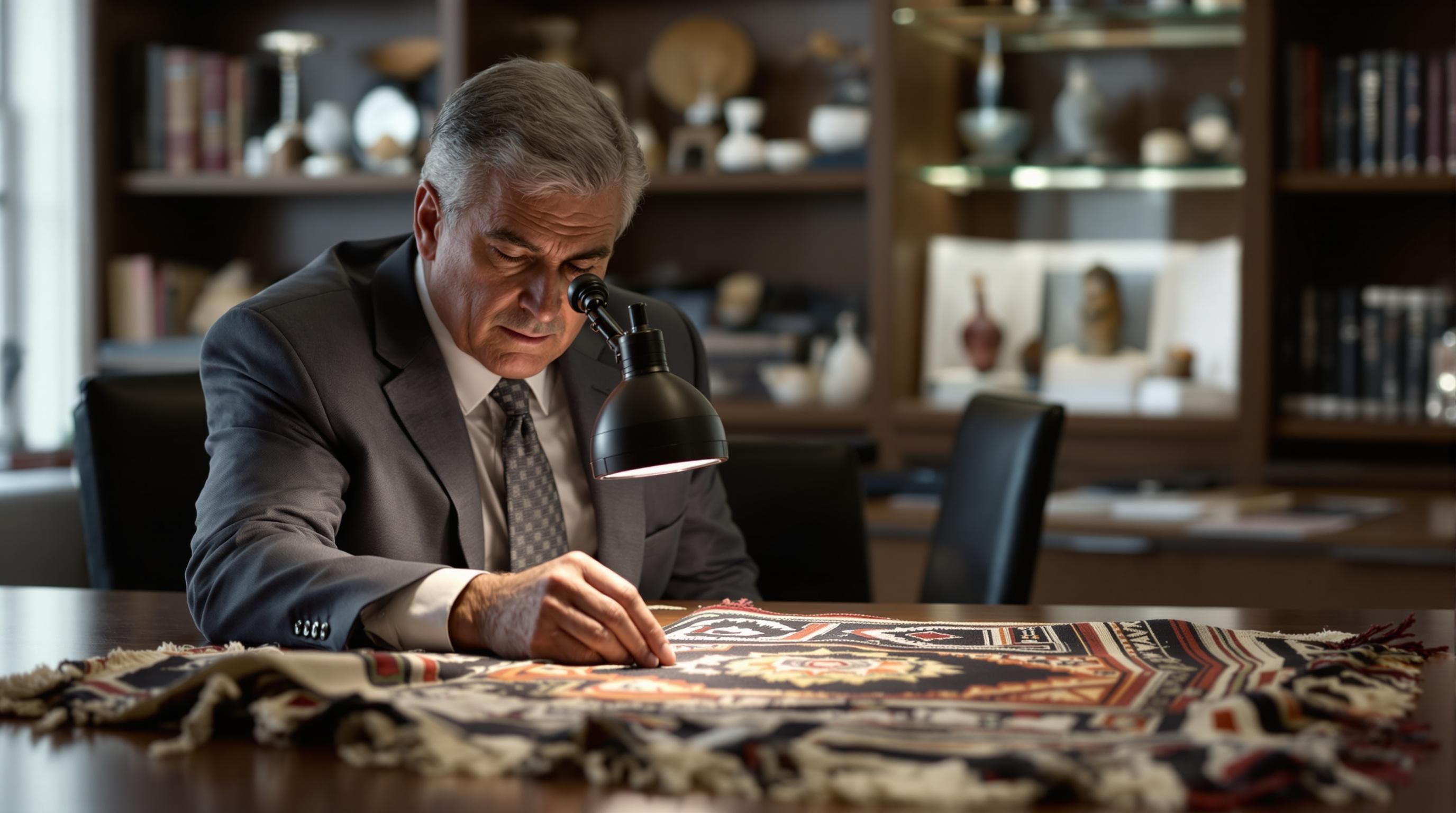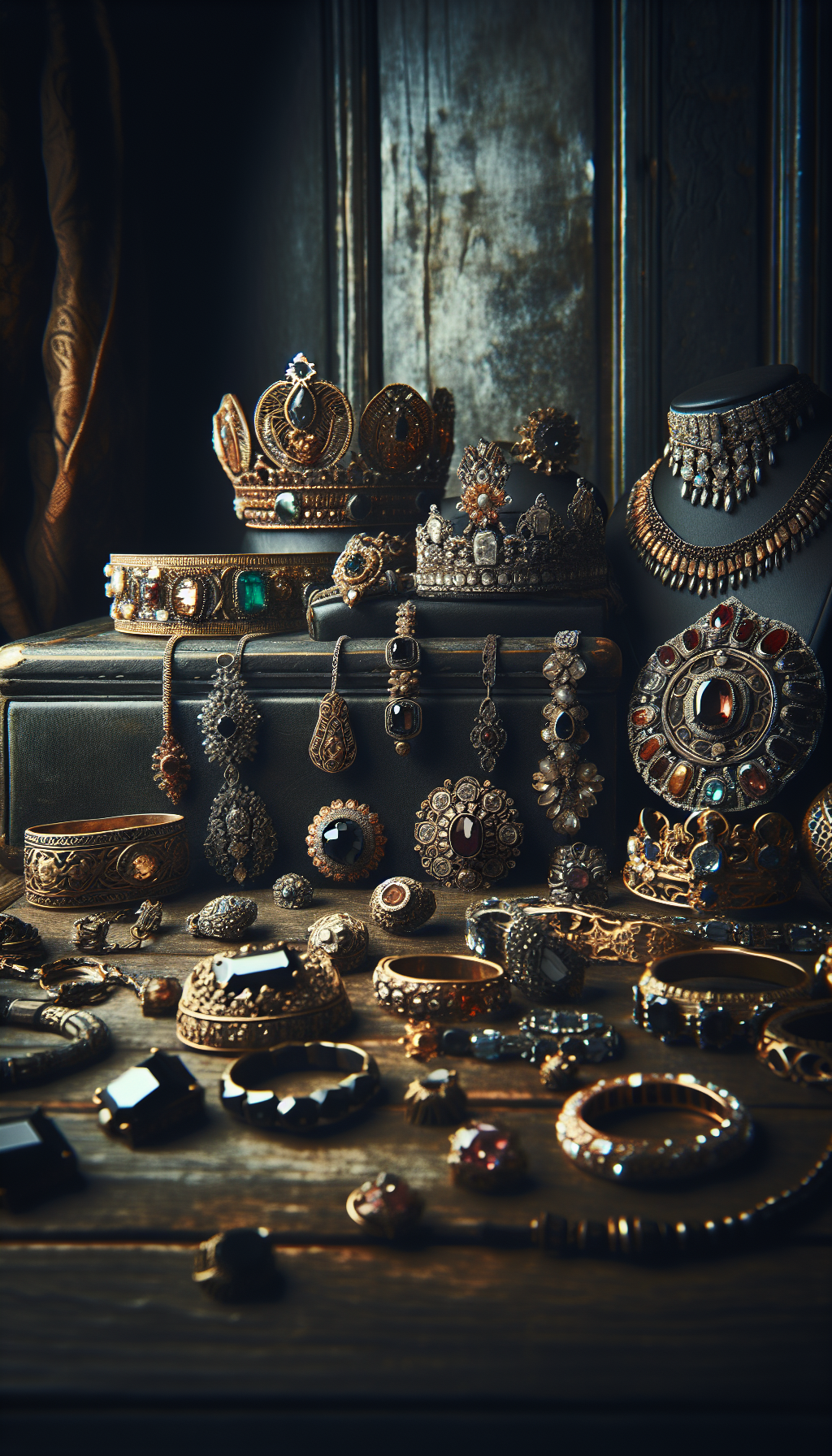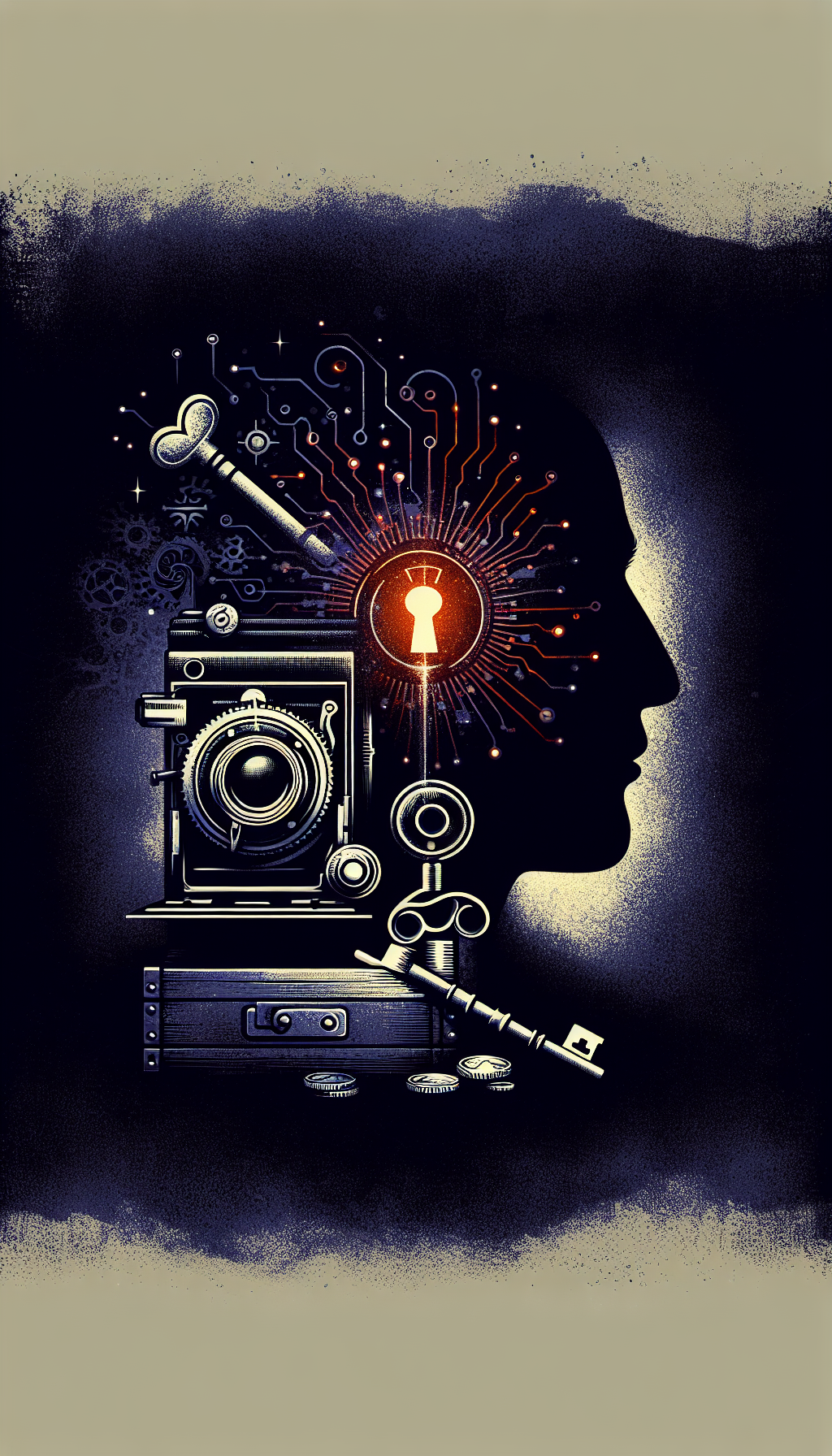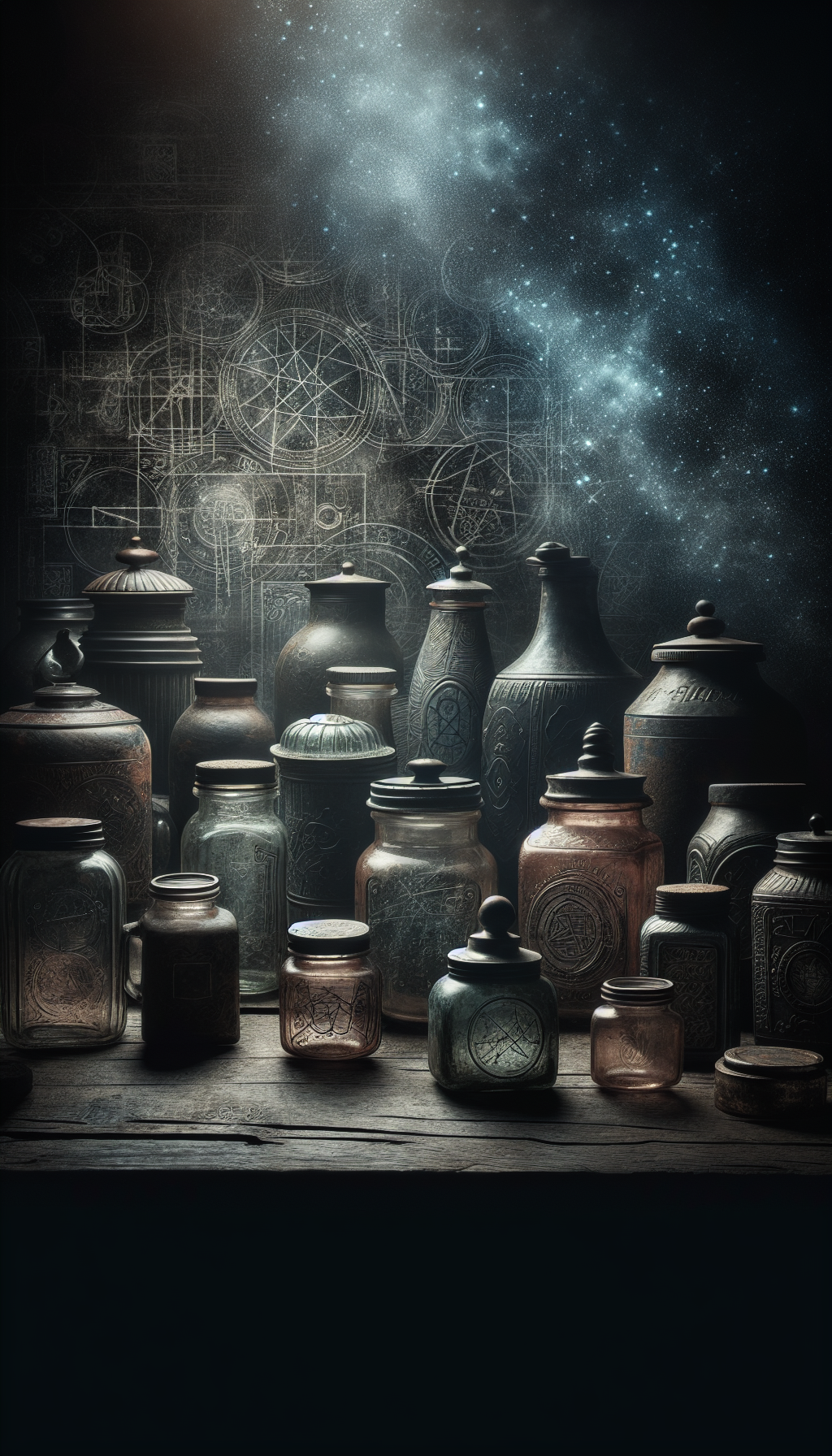Finding Indian Artifacts Appraisers Near You
Native American artifacts represent not only significant cultural heritage but can also hold substantial monetary value in today’s market. From arrowheads and pottery to textiles and jewelry, these items require specialized knowledge for proper authentication and valuation. Working with a qualified appraiser ensures you receive an accurate assessment based on current market conditions, provenance, and historical significance.
Factors Affecting Artifact Value
Why Professional Appraisal Matters
Proper appraisal of Indian artifacts serves multiple purposes:
- Authentication - Distinguishing authentic artifacts from reproductions
- Insurance coverage - Documenting value for proper insurance protection
- Estate planning - Accurate valuation for inheritance and distribution
- Potential sale - Understanding fair market value before listing items
- Tax implications - Providing documentation for charitable donations or tax purposes
Types of Indian Artifacts Appraisal Services
Free Evaluation Services
Several organizations offer initial free evaluations of Native American artifacts:
Indian Territory Gallery offers free appraisals of American Indian art including insurance and current market values. They welcome appointments between 11am-4pm Tuesday through Saturday. Learn more.
Arrowheads.com provides photo-based initial evaluations before proceeding with formal appraisals. This can help you determine if a full appraisal is warranted.
Museums and educational institutions sometimes host “identification days” where experts volunteer to examine artifacts and provide informal assessments.
Formal Appraisal Services
For official documentation, you’ll need a formal appraisal:
Professional Indian Artifact Appraisal Fees
Typical fee structures for professional appraisal services
</tbody>
</table>
Where to Find Qualified Indian Artifacts Appraisers
Professional Appraisal Organizations
1. International Society of Appraisers (ISA)
The ISA maintains a searchable directory of qualified appraisers with specific specialties. You can search for members who specialize in American Indigenous Art and Artifacts through their Find an Appraiser tool.
2. Appraisers Association of America
This organization features appraisers specializing in Indian, Himalayan, and Southeast Asian art. Their search directory helps connect you with expert appraisers.
3. American Society of Appraisers (ASA)
The ASA certifies professionals across various specialties, including Native American art and artifacts.
Specialized Indian Artifact Appraisal Services
Several businesses specialize specifically in Native American art and artifact appraisals:
1. Artifact Grading Authentication & Appraisal (IAGA)
The IAGA provides professional Indian artifact appraisal services for those wanting to establish fair market values for Native American arrowheads and artifacts.
2. Antique American Indian Art
This service offers both free initial and paid formal appraisals of Native American art and artifacts with fees starting at $125 per valuation.
3. Art of Estates
Based in Kansas City, Art of Estates has provided appraisal and consulting services for Native American and antique collectors since 2010.
4. Regional Museum Resources
Many state and regional museums maintain lists of qualified appraisers. For example, the Arizona State Museum provides information on appraisers specializing in Native American artifacts.
Evolution of Native American Artifact Valuation
- Pre-1970s
Limited Regulation Period
Before protective legislation, Native American artifacts were freely traded with minimal documentation requirements and varying quality of authentication practices. - 1970s
Regulatory Protections Emerge
The Archaeological Resources Protection Act and related legislation began regulating the collection and sale of artifacts, increasing the importance of proper authentication. - 1990s
NAGPRA Implementation
The Native American Graves Protection and Repatriation Act significantly impacted the market, requiring documentation of legal acquisition for many artifact types. - 2000s-Present
Digital Authentication Era
Advanced techniques including material analysis, digital imaging, and database verification have become standard in professional appraisals of Native American artifacts.
What to Expect During an Indian Artifact Appraisal
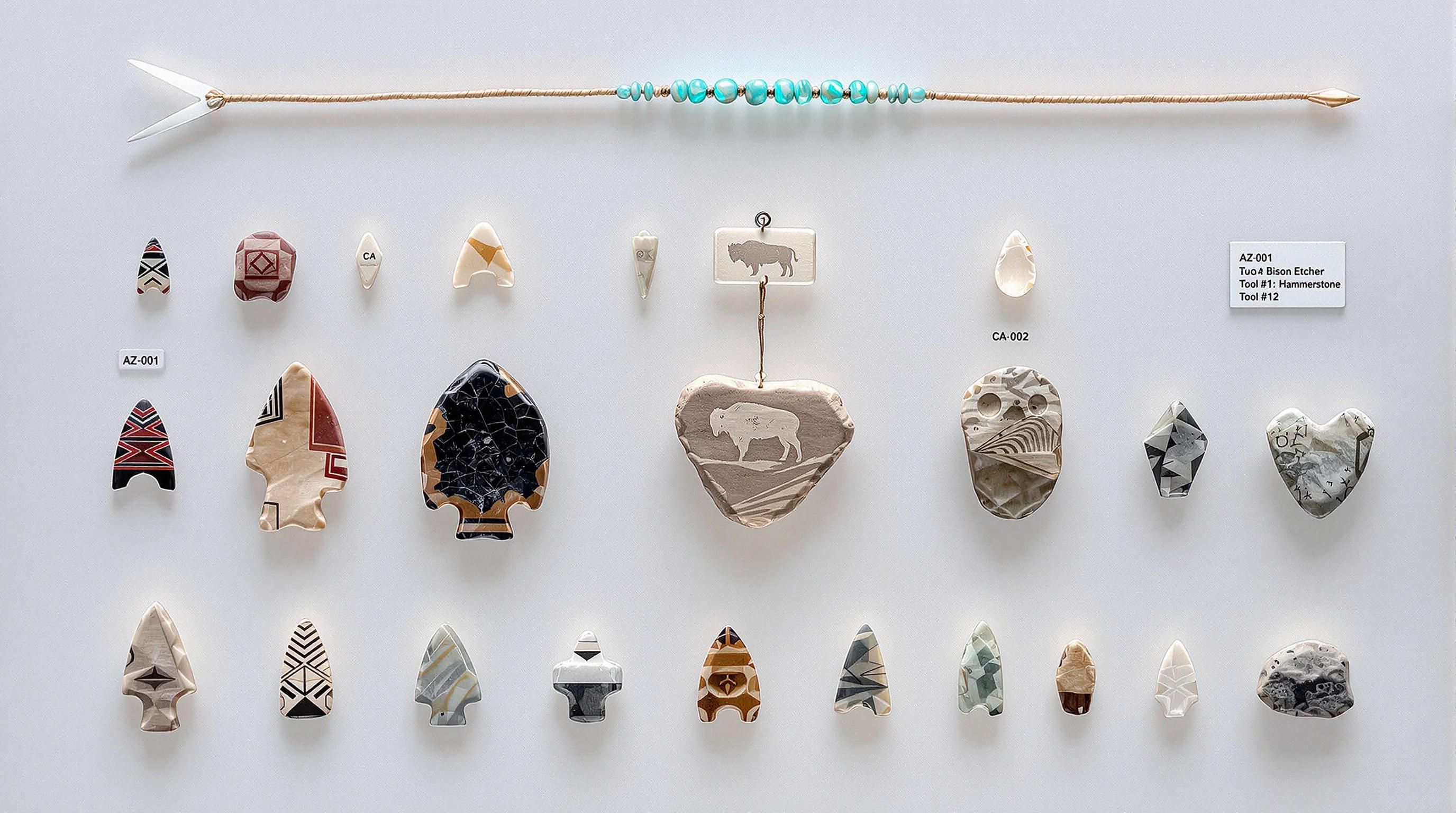
The Appraisal Process
- Initial consultation - Discuss your artifacts and appraisal needs
- Visual examination - The appraiser inspects each item’s condition, materials, and craftsmanship
- Authentication - Verification of age, tribal origin, and authenticity
- Research - Comparable sales analysis and market research
- Documentation - Detailed descriptions, photographs, and condition assessments
- Valuation - Determination of fair market value or replacement value
- Final report - Delivery of comprehensive written appraisal document
Required Documentation
To maximize the efficiency and accuracy of your appraisal, prepare the following information:
Appraisal Preparation Checklist
Items to gather before your appraisal appointment
- Provenance documentation (receipts, certificates, letters)
- Prior appraisals or expert opinions
- Known history and origin information
- Chain of ownership documentation
- Photographs showing condition when acquired
- Relevant tribal affiliation information
- Details of any restoration or conservation work
Most Valuable Types of Native American Artifacts
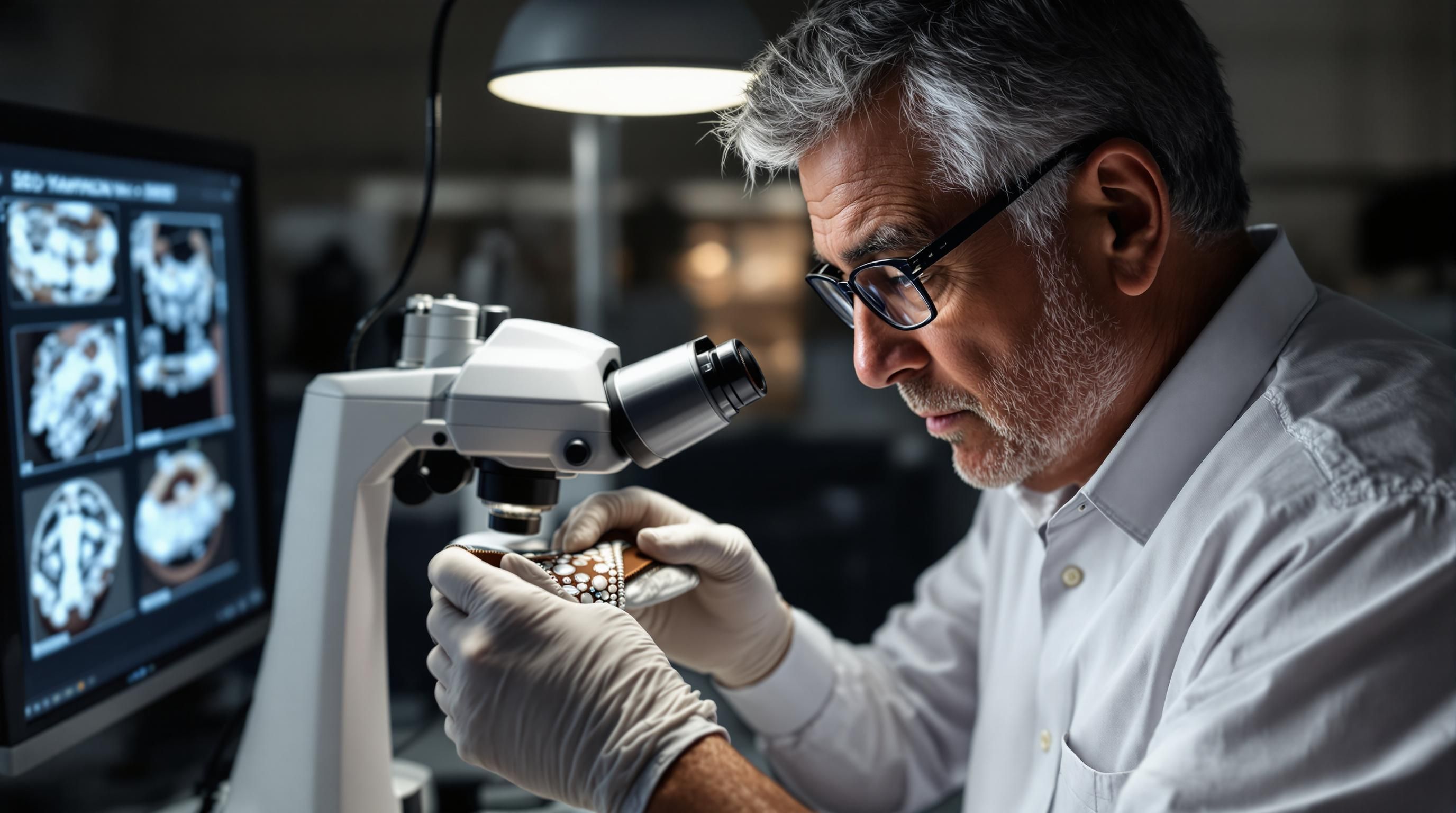
Stone Artifacts
Stone artifacts, particularly well-crafted points, blades, and tools, can be highly valuable. Rare examples like Cumberland points, Clovis points, and fluted points often command premium prices. According to Heartland Artifacts, factors affecting value include:
- Age (older typically means more valuable)
- Material quality (high-grade flint or obsidian)
- Craftsmanship and intricacy
- Size (especially for larger, intact examples)
- Provenance documentation
Pottery and Ceramics
Native American pottery represents some of the most sought-after artifacts in the market. Particularly valuable are:
- Pre-Columbian pottery from Southwest cultures
- Historic-era pueblo pottery (Santa Clara, San Ildefonso)
- Pottery by known artists (Maria Martinez, Nampeyo)
- Pottery with intact decoration and minimal repairs
- Unusual forms or exceptionally large examples
Textiles and Blankets
Navajo rugs and blankets represent a significant category in Native American art valuation, with prices ranging from a few hundred dollars to hundreds of thousands for exceptional examples. Key factors include:
- Age (pre-1900 examples command highest prices)
- Dye type (natural vs. commercial)
- Pattern complexity
- Size and condition
- Provenance
Beadwork and Quillwork
Intricate beadwork and quillwork items, especially those from the 19th century, can be highly valuable. Items like moccasins, clothing, bags, and ceremonial objects with fine decorative work are particularly sought after.
Value Ranges for Notable Indian Artifacts
Typical market values for high-quality authenticated items
| Category | Price | Notes |
|---|---|---|
| Single Item Valuation | $125-$250 | Per item, depending on complexity |
| Collection Appraisal | $100-$250/hour | Rate varies by appraiser expertise |
| Written Appraisal Report | $350-$750+ | Comprehensive documentation with photos |
| Expert Testimony | $500-$1,000/day | For legal proceedings |
</tbody>
</table>
Avoiding Scams and Unethical Practices
Red Flags to Watch For
Be wary of appraisers who:
- Offer to purchase items they’re appraising - This represents a conflict of interest
- Provide appraisals without physical examination - Photos alone are insufficient for accurate authentication
- Cannot provide credentials or references - Legitimate appraisers have verifiable qualifications
- Quote values significantly above market rates - Inflated appraisals may be used for insurance fraud
- Pressure you to make quick decisions - Professional appraisers respect your need for time and consideration
Verifying Appraiser Qualifications
Before hiring an appraiser, verify their:
- Professional membership in recognized organizations (ISA, AAA, ASA)
- Specialized training in Native American artifacts
- Client references from previous appraisal work
- Professional approach to documentation and research
- Transparent fee structure disclosed upfront
External Resources for Finding Indian Artifact Appraisers
International Society of Appraisers - Find an Appraiser
Searchable directory of qualified appraisers with specific specialties including American Indigenous Art and Artifacts.
Arrowheads.com - Indian Artifact Appraisals
Professional written appraisals for Fair Market Value and Replacement Cost of Indian artifacts collections.
Antique American Indian Art - Free & Paid Appraisals
Formal appraisal services for single items and entire collections of American Indian art with detailed information on their appraisal process.
Art of Estates - Native American Appraisals
Professional appraisal and consulting services for art, Native American, and antique collectors.
Artifact Grading - Professional IAGA Appraisals
Specialized Indian artifact appraisal services for establishing fair market value for Native American arrowheads and artifacts.
Indian Territory - Free Appraisals
Free appraisal services for American Indian art, Navajo rugs, Indian baskets, and Native American jewelry.
Arizona State Museum - Appraisals Information
Resource guide for those seeking appraisals and object identification of Native American artifacts, including local appraiser listings.
Worthwise Appraisers - Native American Art Appraisal
Professional appraisal services for Native American art, crafts, and artifacts from various tribes and tribal nations.
Preparing Your Indian Artifacts for Appraisal
Documentation Preparation
- Gather provenance materials - Assemble any documentation of purchase, inheritance, or acquisition
- Organize photographic evidence - Collect photos showing the artifact’s condition over time
- List known history - Document any known information about tribal origin, age, or previous owners
- Prepare questions - Note specific questions you have about your artifacts
Physical Preparation
When preparing artifacts physically:
- Avoid cleaning or restoration - Let the professional determine if cleaning is appropriate
- Handle minimally - Use gloves when handling fragile items
- Transport safely - Use appropriate padding and containers
- Photograph current condition - Take clear photos of any damage or areas of concern
Questions to Ask Your Appraiser
Before your appointment, prepare these essential questions:
- What factors most affect the value of my specific artifacts?
- Are there conservation measures I should take?
- How does the market for these items fluctuate?
- What documentation should I maintain for insurance purposes?
- Are there legal considerations regarding ownership or sale?
Common Questions About Indian Artifacts Appraisals
What kind of Indian artifacts are worth money?
The most valuable Native American artifacts typically include:
- Stone Artifacts: Particularly rare points like Clovis, Cumberland, and other fluted points
- Pottery: Historic and pre-historic pottery, especially from Southwest cultures
- Textiles: Navajo blankets and rugs, particularly chief’s blankets and early wearing blankets
- Beadwork and Quillwork: Especially pieces from the 19th century with fine detail
- Baskets: Well-preserved examples from tribes known for basketry
- Metal and Silver Jewelry: Historic pieces with fine turquoise and craftsmanship
The highest values are typically associated with items that are pre-1900, in excellent condition, have documented provenance, and represent exceptional craftsmanship for their type.
How do I get an Indian blanket appraised?
To get an Indian blanket (typically a Navajo rug or blanket) appraised:
- Research specialized appraisers - Look for experts who specifically list textile or Navajo weavings as a specialty
- Contact a reputable gallery - Establishments like Indian Territory offer free appraisals between 11am-4pm Tuesday through Saturday
- Prepare documentation - Gather any provenance information, including where and when it was acquired
- Schedule an in-person evaluation - Most textile appraisals require physical examination
- Consider specialized appraisal events - Museums and galleries sometimes host special appraisal days
For valuable or historic blankets, seek appraisers with specific expertise in Native American textiles rather than general appraisers.
How much does it cost to get Indian artifacts appraised?
Appraisal costs for Indian artifacts vary based on several factors:
- Initial evaluations: Some galleries offer free initial evaluations
- Single item appraisals: Typically range from $125-$250 per item
- Written appraisal reports: Comprehensive reports start around $350
- Hourly rates: Professional appraisers typically charge $100-$250 per hour
More complex or valuable collections, items requiring extensive research, or items needing formal documentation for insurance or legal purposes will cost more. Many appraisers offer both verbal consultations at lower rates and formal written appraisals at higher rates.
Are there free Native American artifact appraisal services?
Yes, there are several options for free initial appraisals of Native American artifacts:
Indian Territory Gallery offers free evaluations of American Indian art with values for both insurance and current market purposes
Museum identification days where experts volunteer to examine artifacts (though these typically don’t provide monetary values)
Some auction houses provide free evaluations when considering items for consignment
Online forums and groups can provide informal assessments, though these should not be considered official appraisals
Keep in mind that free appraisals are typically initial evaluations rather than formal documented appraisals. For insurance, legal, or high-value items, a paid professional appraisal is recommended.
How can I tell if an Indian artifact is authentic?
Authenticating Indian artifacts requires expertise, but these indicators can help:
Materials and techniques - Authentic pieces use traditional materials and construction methods appropriate to their time period and tribal origin
Patina and wear - Genuine artifacts show appropriate age-related wear patterns and patina that cannot be easily replicated
Provenance documentation - Records of previous ownership, especially those tracing back decades
Stylistic consistency - Details should match known examples from the same time period and tribal group
Construction details - Hand-made aspects like irregular stitching, natural pigments, or tool marks
For valuable or important pieces, always consult with a professional appraiser who specializes in Native American artifacts. Modern reproduction techniques have become sophisticated, making expert examination essential.
Are there legal restrictions on buying or selling Indian artifacts?
Yes, several important legal restrictions apply to Native American artifacts:
Archaeological Resources Protection Act (ARPA) - Prohibits excavation or removal of artifacts from federal or tribal lands without permits
Native American Graves Protection and Repatriation Act (NAGPRA) - Regulates items related to Native American human remains and certain cultural items
State laws - Many states have additional protections for artifacts found within their boundaries
Indian Arts and Crafts Act - Prohibits misrepresentation in marketing of Native American crafts
Export restrictions - Some artifacts may be subject to export restrictions
Legal ownership typically requires documented provenance showing the item was collected before protective legislation or obtained through legal channels. An appraiser can help identify potential legal issues with specific artifacts.
Where can I find an arrowhead appraiser near me?
To find arrowhead appraisers in your area:
Artifact Grading Authentication & Appraisal (IAGA) - Specializes in Indian artifact appraisals including arrowheads
Arrowheads.com - Offers professional appraisal services for Native American artifacts including points
Archaeological or anthropological departments at local universities may have experts or can recommend qualified appraisers
International Society of Appraisers (ISA) - Their directory allows searching for appraisers who specialize in Native American artifacts
Local archaeological societies often have connections to experts in lithic artifacts
For detailed authentication, seek appraisers with specific expertise in lithic artifacts rather than general Native American art appraisers.
How do I find a Native American jewelry appraiser?
To find qualified Native American jewelry appraisers:
American Society of Appraisers (ASA) - Search their directory for jewelry specialists with Native American expertise
Reputable Native American art galleries - Many offer appraisal services for jewelry
Specialty jewelry appraisers - Look for those specifically mentioning Native American jewelry experience
Museum curators - Some may provide referrals to trusted jewelry appraisers
Jewelry shows and Native American arts festivals - These often attract qualified appraisers
When selecting an appraiser, verify they have specific knowledge of Native American silversmithing techniques, hallmarks, traditional patterns, and stone authenticity assessment. Experience with specific tribal styles (Zuni, Navajo, Hopi) is particularly valuable.
Conclusion: Making the Most of Your Indian Artifacts Appraisal
Finding a qualified Indian artifacts appraiser near you is an important step in responsibly managing your collection. By utilizing professional appraisal organizations, verifying credentials, and properly preparing your items and documentation, you’ll receive the most accurate and useful valuation possible.
Remember that truly valuable artifacts deserve the attention of specialists with direct experience in the specific type, era, and tribal origin of your items. The expertise and knowledge these professionals bring to the appraisal process is invaluable in understanding both the monetary and cultural significance of Native American artifacts.
Whether you’re seeking free initial consultations or comprehensive formal appraisals, the resources provided in this guide will help you connect with qualified professionals who can assist in properly evaluating your indigenous artifacts.
Get a Professional Appraisal
Unsure about your item’s value? Our certified experts provide fast, written appraisals you can trust.
- Expert report with photos and comps
- Fast turnaround
- Fixed, upfront pricing
No obligation. Secure upload.
| Category | Price | Notes |
|---|---|---|
| Pre-historic Stone Points (Clovis, Folsom) | $500-$25,000+ | Depending on size, condition, provenance |
| Historic Pottery (Pre-1900) | $1,000-$50,000+ | Varies by tribe, condition, decoration |
| Navajo Chief's Blankets | $10,000-$750,000+ | Based on type, age, condition, pattern |
| 19th Century Beadwork | $800-$15,000+ | Higher for rare tribal items |
| Historic Baskets | $500-$25,000+ | Premium for pre-1900 examples |
| Native American Jewelry | $200-$20,000+ | Silver, turquoise quality impacts value |
